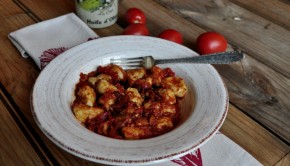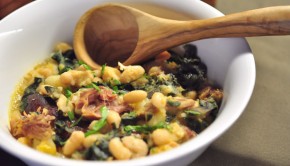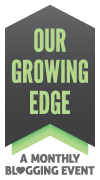Top 5 Super Foods for Kids
It’s safe to say over the next few weeks I’ll be posting some indulgent festive food on Humble Crumble. But before I break out the elasticated waistbands, I thought some balance was needed, especially for the kids. So Guest writer Claire Hannon, joins Humble Crumble again, to share her top 5 super foods for kids:
Children’s bodies are constantly developing and growing, and because of this it is vital that they receive the necessary nutrients for healthy growth. Complex carbohydrates, essential fats, protein, mixed with minerals, vitamins and phytonutrients all come together to form the building blocks of a healthy life and body. Some recent research has revealed that because children’s immunity and detoxification systems are not fully developed, it is advised that their exposure to carcinogens and toxins should be limited, meaning organic and fresh havefurther benefits. Fresh fruit and vegetables have a plethora of minerals, vitamins, and other super-healthy phytonutrients, while whole grains and legumes contain healthy fibers, minerals, fats and protein. A diet made up of these various elements will make children feel better, help them have a sharper mind in class and teach them the importance of healthy eating, hopefully something that will stay with them in adulthood. So what are some kids’ super foods?
Mango
Just one small serving of this delicious, tropical fruit contains nearly a whole day’s recommended amount of vitamin C, which is crucial for kids’ immune systems and for keeping teeth and gums in great condition. Also, for every 100 calories of mango there is an impressive 3 grams of fiber. Mango is healthy when enjoyed fresh or from the tin, and can be cut up and eaten in chunks, or served as a smoothie or dessert. A great idea for summer is to puree the mango, then put the liquid into popsicle molds, place in the freezer and in a few hours mango pops are ready to enjoy.
Salmon
Not a food that people would immediately consider when thinking of something to feed the kids, but salmon has numerous health benefits. The pink fish is a great source for high-quality protein which children need for physical development, and is full of Omega 3 fatty acids which are vital for the brain to develop and the heart to be healthy. These fats make up a large proportion of lipids in the brain, and low levels of omega-3s in children have been linked to some problems such as ADHD, depression and dyslexia. Also, these fatty acids have anti-inflammatory benefits, meaning they can combat dermatitis and asthma. Salmon is naturally flavorsome, so it requires little preparation or seasoning, which is excellent for busy parents, and can be grilled or baked in about 5 minutes. Some people may be concerned about levels of mercury, but parents need not worry as salmon is constantly rated as one of the five fish lowest in mercury.
Sweet Potato
The humble spud is extremely nutritious and relatively low in cost. The sweet potato’s high levels of vitamin A have great benefits for the eyes, and it is also effective as an antioxidant. They are often popular with very young children due to their natural sweetness and appealing color, but they can fall from favor as children get older. They can be served as a simple side dish, baked or mashed, or are great as a sweet desert or snack topped with maple syrup or yogurt.
Avocado
Avocados are full of monounsaturated fats, the ones regarded as healthy fats, and they are essential as part of a kid’s diet, on a daily basis. It has been advised that around 30% of children’s calories should come from unsaturated fats, but trying to get children to eat this green fruit can be easier said than done. Avocado works well as a spread, and as a healthier alternative to cream cheese or mayo. It can be mashed easily with a fork, then add some lemon juice and a tasty dip has been created. Due to its softness, it can even be used as a baby food.
Yogurt
Yogurts are full of good bacteria, referred to as probiotics, and this is crucial for keeping small stomachs healthy. People should be careful when choosing yogurts though, as the ones aimed at children often contain high levels of sugar and lower amounts of good bacteria and protein. Plain, low-fat or Greek yogurt are healthier options, and they can be livened up with fresh fruit or honey. Yogurt also contains calcium, which is important for healthy bones and skin. In fact, a healthy yogurt has higher levels of calcium than a cup of milk.
About the author: Claire Hannon is a former Nutritional Science student who then went on to work in various roles in the healthcare industry. When she became a mother, her outlook on life changed and she turned to freelance writing as a way to make a living, whilst creating a home for her family. She spends her free time indulging her passion for healthy cookery and finding new ways to tempt the palates of her curious children









